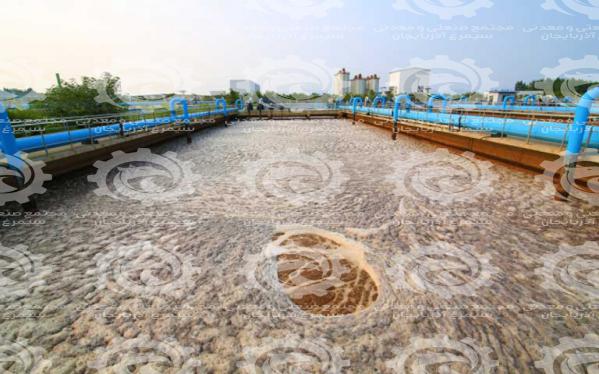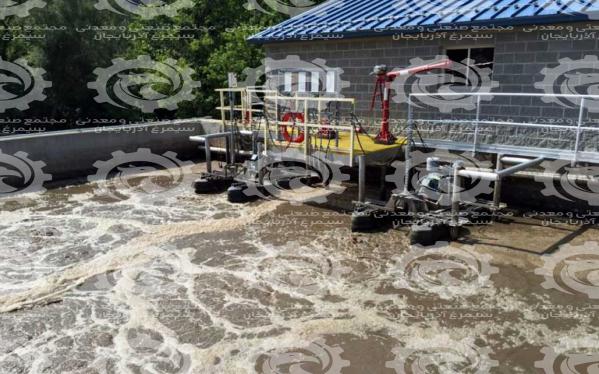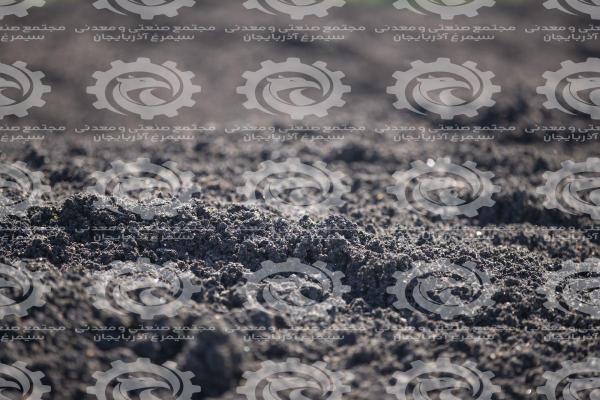dri sludge annual sales growth

It has been verified that DRI produced with the new RHF technology can reduce the reducing agent ratio in the blast furnace due to its reducing effect. Manufactured from the newly developed RHF process, DRI also has sufficient qualities for blast furnace recycling as shown in the table below. For more information on dri sludge annual sales growth, visit our site.

What is DRI sludge?
 The products of wastewater treatment plants are treated wastewater and solids known as sewage sludge or biosolids. While clean water can be thrown into a river and even reused after further treatment, the final disposal or use of solids requires some additional effort. Depending on the sludge quality and the local situation, the sludge can ultimately be dumped in landfill, used as fertilizer and soil conditioner or used as an energy source. Phosphates will be recovered from the sludge in the near future. The use of sludge as a well-defined product is gaining more and more prominence. Before complete drying, there are treatment steps required to turn the sludge into a valuable product.
The products of wastewater treatment plants are treated wastewater and solids known as sewage sludge or biosolids. While clean water can be thrown into a river and even reused after further treatment, the final disposal or use of solids requires some additional effort. Depending on the sludge quality and the local situation, the sludge can ultimately be dumped in landfill, used as fertilizer and soil conditioner or used as an energy source. Phosphates will be recovered from the sludge in the near future. The use of sludge as a well-defined product is gaining more and more prominence. Before complete drying, there are treatment steps required to turn the sludge into a valuable product.
The present invention relates to a method for producing briquettes from particulate powders, direct reduced iron , DRI powders and DRI dedusting systems, comprising processing said materials; briquetting with roller presses using liquid sodium silicate and bentonite or composite Portland cement as binders; sieving briquettes; shredding the edges and waste of fresh briquettes; and hardening to improve its physical properties such as strength.
After curing, fresh briquettes can be stored or sent directly to DRI production processes, both HyL and Midrex, for use as part of the feedstock for reduction furnaces or reactors. Sponge iron, traditionally called direct reduced iron (DRI), is used as the main metallic in the secondary steelmaking process using the electric furnace or Induction furnace way. DRI replaces scrapping. Sponge iron is produced by reducing solid phase iron ore using solid (non-coking coal) or gas (Reformed natural gas or coal gasification) as reductant. In addition to providing the reducing agents, namely carbon monoxide and hydrogen, the energy required for the reduction reaction is also supplied as fuel by part of the reductant.
Sponge iron plants based on two main commercially established processes, coal-based rotary furnaces and gas-based shaft furnace reactors. Coal-based rotary furnaces produce DRI pellets / pellets and are more stable and can be stored longer. The gas-fired shaft furnace produces DRI that must be used immediately or converted into blocks that can be packaged and stored for longer. For more information about dri sludge density visit our site.
Annual sales growth of dri sludge
 Annual sales growth of dri sludge has been accompanied by good growth and has had many foreign customers, which has led to trade and sales growth of this product with La Roud. Therefore, you can visit our site for more information about dri sludge application.
Annual sales growth of dri sludge has been accompanied by good growth and has had many foreign customers, which has led to trade and sales growth of this product with La Roud. Therefore, you can visit our site for more information about dri sludge application.
You can contact us to buy and sell this product:
Sales consultant: Ms. Leila Nematzadeh
Ways of communication: Phone number: 02147623014
Phone number: 02147623014
 Phone number: 04133660491
Phone number: 04133660491
 Phone number: 09120169267
Phone number: 09120169267
 WhatsApp Response (Skype): click
WhatsApp Response (Skype): click
 Instagram: simurgh_steel_company@
Instagram: simurgh_steel_company@
 email: info@simurghsteelco.com
email: info@simurghsteelco.com
 email: ironore110@gmail.com
email: ironore110@gmail.com
 Facebook: ironore110@
Facebook: ironore110@
 LinkedIn: simurgh-iron-and-steel-company-a68295180@
LinkedIn: simurgh-iron-and-steel-company-a68295180@
 twitter: CoSimurgh@
twitter: CoSimurgh@

 Call number:
Call number:  Whats app:
Whats app:  Address: Salimi industrial Park, Tabriz, IRI
Address: Salimi industrial Park, Tabriz, IRI Instagram:
Instagram:  email:
email:  Facebook:
Facebook: 








